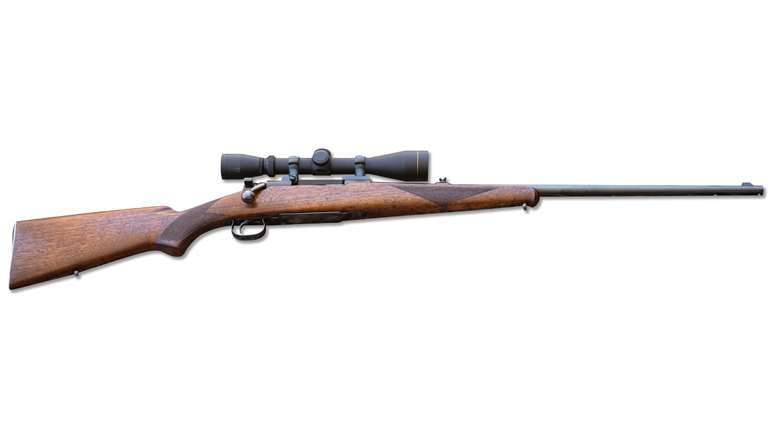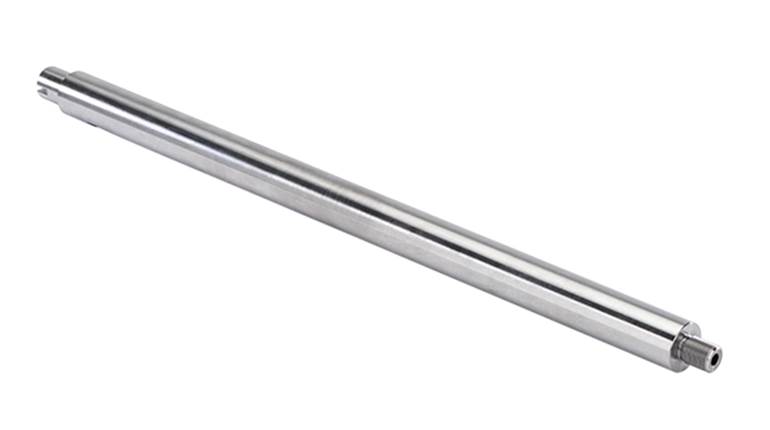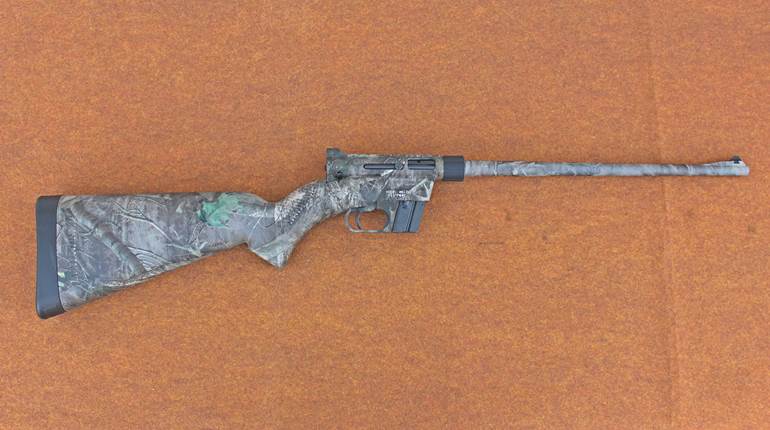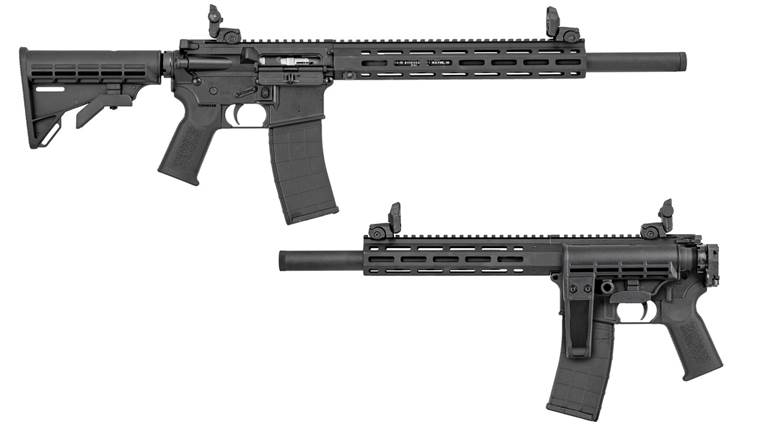One of the most successful commercial semi-automatic rifles introduced in the latter half of the 20th century is the Mini-14 family, made by Sturm, Ruger & Co. First introduced in 1973, the Ruger Mini-14 utilizes a Garand style rotating bolt design coupled with a self-cleaning fixed-piston gas system. The platform has a size profile between that of the M1 rifle and carbine, looks similar and shares basic control layouts with the M14 and M1A rifles.

The Mini-14 is chambered in 5.56x45 mm NATO or .223 Rem. and feeds from a proprietary detachable box-magazine. It was offered to the civilian market as a semi-automatic only, though there was also a select-fire version for law enforcement and military sales. The select-fire version, the AC-556, featured a bayonet lug, flash-hider and a fire mode selector on the right side at the rear of the receiver. The selector offered three modes of fire being semi-automatic, three-round burst, and full-automatic.
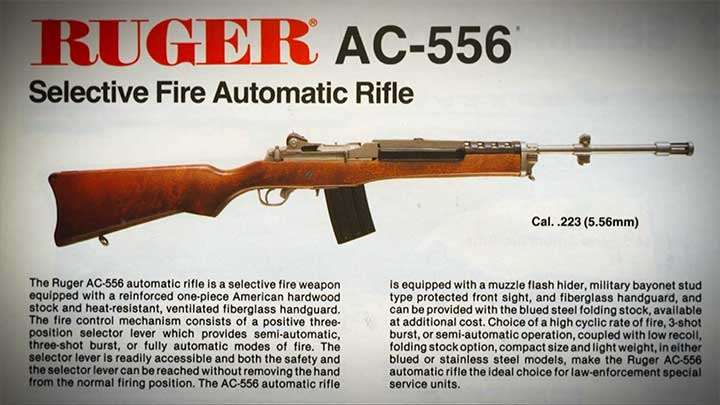
As a sporting rifle, the Mini-14 enjoyed success in the market to the present day, as it is still produced. Developments in the political and economic climate of the world in the 1980s lead to a further development of the platform. In the 1980s, the hostilities of the Cold War began to soften between the United States and the Soviet Union along with China. As a result, the economic wall also lightened, leading to the mass importation of Russian and Chinese arms into the United States market.
With this large availability of com-block arms, United States shooters began consuming large amounts of the primary rifle cartridge for many of those arms, the Russian designed 7.62x39 mm cartridge. Readily available, cheap, and intermediate between .223 Rem. and larger calibers, the 7.62x39 mm quickly became popular and developed a cult following in the U.S. This trend was noticed by Bill Ruger and the engineers at Sturm, Ruger & Co. who decided to tap into the new area of the market with their own offering.

The Mini-14 design was altered and rechambered to 7.62x39 mm, resulting in the Mini Thirty rifle that was introduced in 1987. It turned out to be a winning pair, as the platform design was already a favorite on the market and the cartridge was cheap enough to be a preferable target round. The cartridge was large enough in diameter to be acceptable by state laws that prohibited hunting with cartridges under 6 mm and provided a ballistic envelope similar to .30-30 Win.
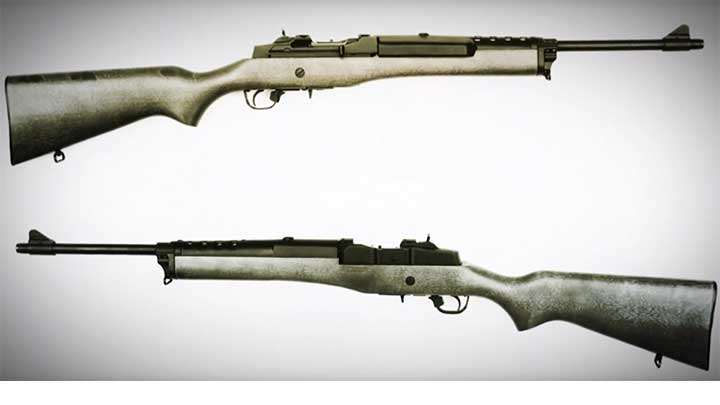
The Mini Thirty had a few features altered for the 7.62x39 mm cartridge as well as its new niche as a capable sporting rifle. The magazine was widened to accept the new cartridge with capacity options of five and 20 rounds for either hunting or target shooting. The bolt face was also widened and altered.
The rear sight was modified into a folding-leaf style and rail-segments for scope rings added to the receiver. The scope rings even came with the rifles in the box from the factory. Other than those features mentioned, the only way to tell apart the Mini-14 from the Mini Thirty readily are the roll-marks on the receiver-heel.
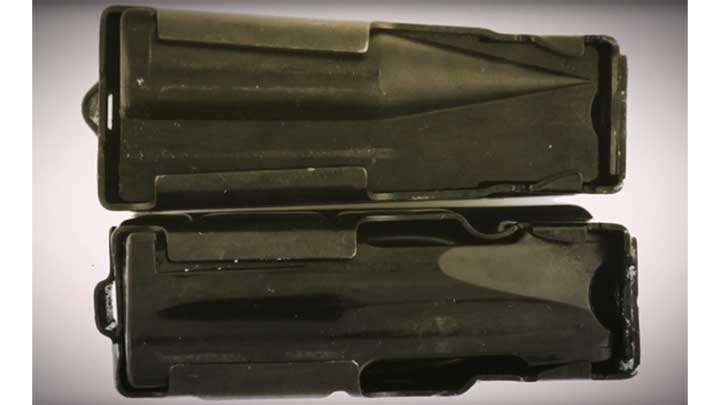
As introduced in 1987, the Mini Thirty had a 18.5” barrel, 37.75” long and weighed in at 7 lbs. 3 oz. empty. Reportedly, some of the Mini Thirty rifles produced up to the early 1990s had a bore diameter of .308” and U.S. manufacturers of 7.62x39 mm did the same with their bullets, all the while imported ammunition had a bore diameter of .311” to .312” which posed a problem with compatibility.
This was solved on the earlier rifles by incorporating a longer throat into the chamber to squeeze the larger bullets into shape as they were fired, though accuracy was adversely affected. This was resolved afterward when the standard was set to match the Russian specifications for the ammunition and the diameter widened.
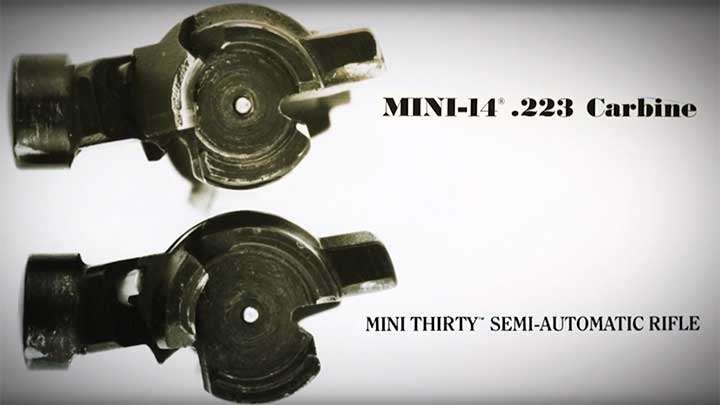
The Mini Thirty is still produced to this day and still enjoys popularity in the target shooting and hunting communities alike. There is even a tactical version available now with a shortened 16” barrel and flash-hider. The continued availability of domestic and imported ammunition has helped keep the popularity of the planform strong and alive for nearly four decades.
For more information on current production Mini Thirty rifle models, visit ruger.com.
To watch complete segments of past episodes of American Rifleman TV, go to americanrifleman.org/artv. For all-new episodes of ARTV, tune in Wednesday nights to Outdoor Channel 8:30 p.m. and 11:30 p.m. EST.











